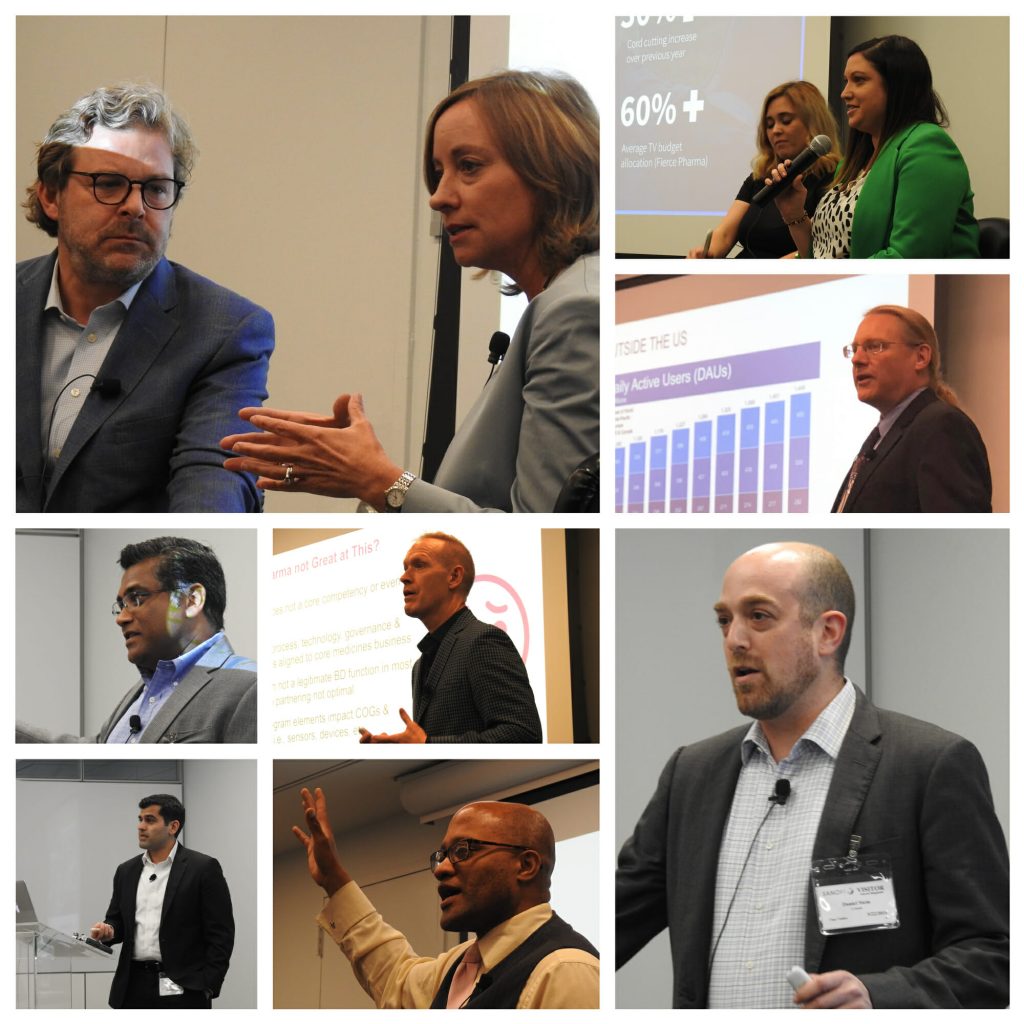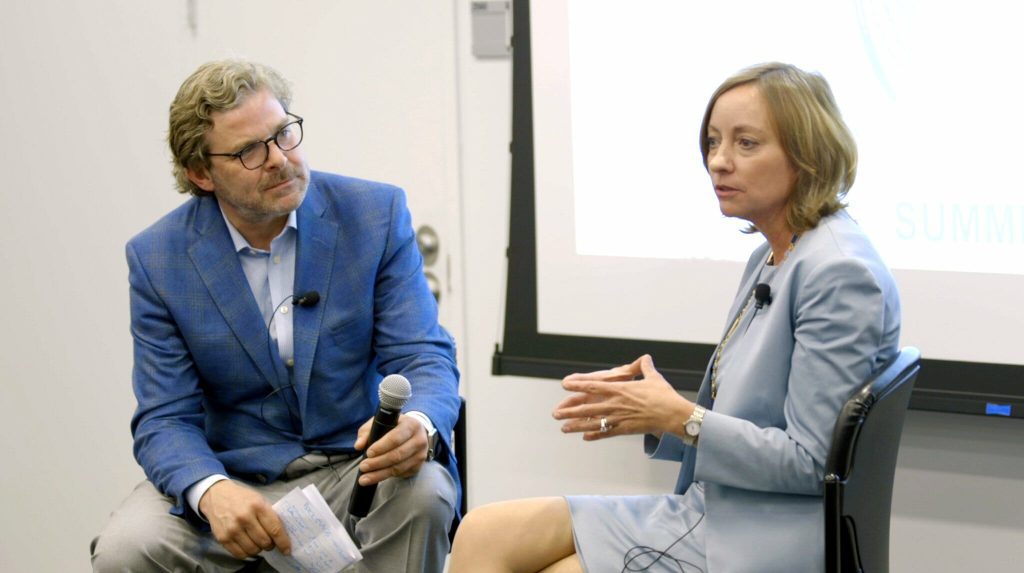DHC East Coast Summit held May 22, 2018 at Sanofi
Key Themes and Takeaways

The focus of the May 22nd DHC Summit at Sanofi was on practical applications of digital innovations available to healthcare marketers available today. We have captured a snapshot of those insights and key takeaways for you here, and encourage you to make sure you are able to join us at a DHC Summit later this year.
The first part of the afternoon focused on ensuring that, as an industry, we understand the atmosphere in which our messages are delivered today.
Dr. Amit Phull, Medical Director and VP of Doximity and practicing ER Doctor, spoke on the physician landscape today or, as he put it “How We Teach that Doctors are People, Too”! “I don’t know how physicians today keep up. They have to worry about a changing technological landscape, a changing compensation landscape, the amount of information they are required to know, and the burden to see more patients in less time – the situation is untenable.” said Dr. Phull.
He believes it is essential for those designing campaigns targeting physicians to understand the current landscape in which physicians exist, as well as understanding their preferences and behaviors towards data consumption.
To help DHC members understand how to operate effectively in this environment, we heard from Hudson Plumb, SVP of Heartbeat, who shared on the changing paradigm around what he dubbed the “Burning Platform in Healthcare” – an extension of what Dr. Phull relayed with regard to physician overload. The Burning Platform assumes four key truths: the ballooning patient burden stresses the value-based care model; highly personalized care is in demand, but hard to actually deliver; “no outcomes, no income” now controls a health system’s purse strings; and HCPS are moving to health systems and losing decision-making autonomy.
Hudson offered hope to attendees – this burning platform is an opportunity to use technology and innovation to offer enhanced brand value by ensuring better outcomes – specifically by leveraging the EHR in order to deliver value-based programs within the workflow. He suggested three steps to get you started:
1. Understand you customer’s workflow in your category.
2. Identify where your brand consideration currently sits and where it could sit
3. Open a dialogue with your HCP/Health System customers on where you could help them achieve their goals.
Ingrid Eberly, VP of Healthline, expanded the discussion when she shared highlights from the recent “State of Care” research on American behaviors and attitudes towards the patient care landscape. Her slides are available here.
One interesting data point: “Boomers” are actually MORE likely to use a patient portal to ask a question or get advice from a doctor – the takeaway, Ingrid explained, is that contrary to popular opinion that Boomers are anti-tech, they are actually more likely to engage digitally than Millennials or Gen-Xers INSIDE the framework of a digital healthcare system recommended by a doctor.
Crossix’s SVP Dan Stein addressed the importance of accurate measurement of physician-targeted campaigns, educating attendees on how advances in analytics are having an impact, including how you can now tie campaigns to a patient level to determine the quality of the doctors targeted/reached.
Dan Stein joined DHC founder Mark Bard, Joanne Biscardi, SVP of ConnectiveRX, Damon Basch, VP of Practice Fusion, and David Ruppel, VP of Insights for Underscore on a physician messaging wrap up panel. These experts touched on the role of the EHR, the need for better physician data, and how to blend the use of “traditional” targeting tactics with the use of third party targeting data.
Joanne Biscardi clarified the landscape, explaining “we’re still at a point where the EMR environment has been a little less targeted than other areas such as Google. And that’s in the interest of both the EMR companies themselves and the doctors that use that software. Increasing targeting capabilities, continuing to expand the data fields that we have access to as an industry. Whether you’re a physician who’s prescribing a patient with a certain type history medication profile. Whether they are current therapy or new to therapy. So a lot of the patient data that’s coming and going through different areas of the EMR journey as well. So that you’re engaging the doctor early in the workflow or further downstream when they’re e-prescribing during the patient consult.”
Damon Basch encouraged marketers to consider that “the only limitations in terms of the targeting is set by the user license agreement that we have with our partners – our users – because with the enormous volume of structured data that we have played with related to the patient – the patient-centric opportunities for targeting – we can get extremely granular” and reminded that “there are all these steps along that journey where life sciences companies do not just influence health — but can help. Some of that requires a paradigm shift with regard to … what does good look like? It’s not necessarily ROI. It’s connected to outcomes as we talk about the transition to value and risk based contracting. It’s related to pharma teams being able to show behavioral change as an ROI as opposed to prescriptions. There is an awful lot of change going on right now.”
Dan Stein echoed the idea, saying: “this is a very exciting time for physician targeting because I think that a lot of the infrastructure that has been built to support consumer targeting can be leveraged for reaching physicians. Physicians are consumers and you can treat them as people. So what’s very easy to do with targeting right now is to take an NPI list and to work with an onboarding partner and to load that information into some sort of DMP

